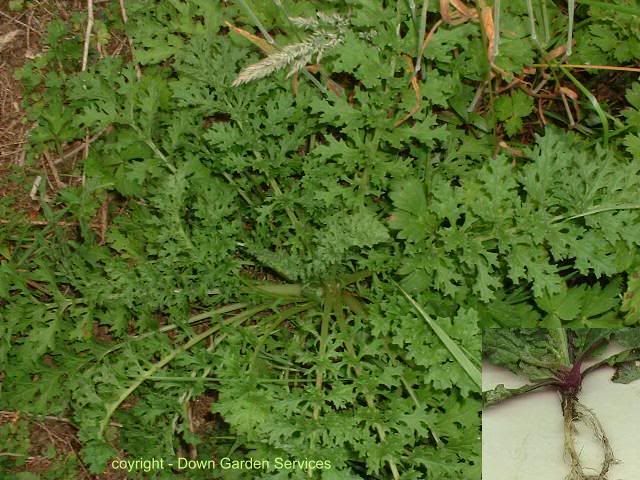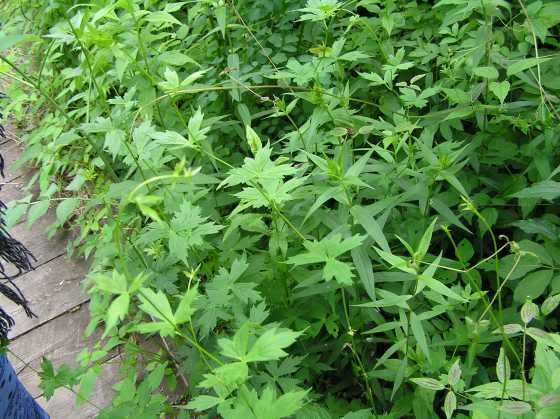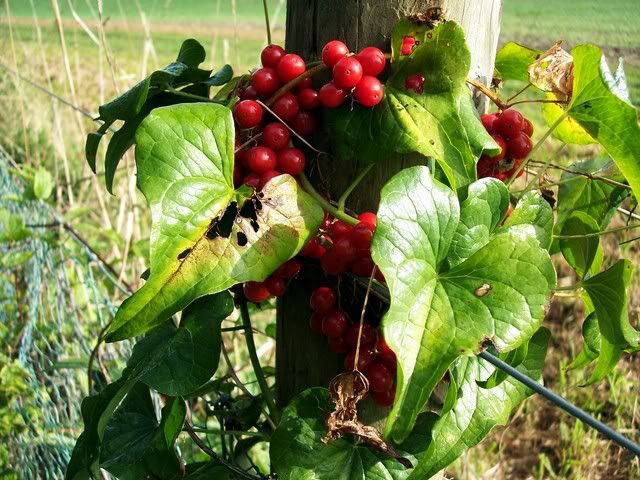PLANT IMAGES: - HUGE THANKS TO THUMPS FOR ALL HER HELP WITH THIS
Common Safe Plants
Greater plantain image

Field Penny Cress (Field penny cress - seeds are broadly winged)
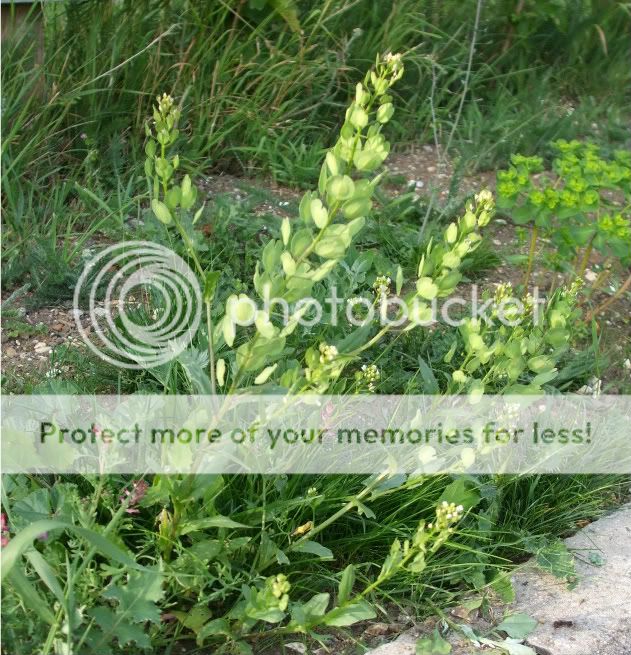
Herb Robert

Ladysbedstraw

Ribwort Plantain

Hoary plantain

White dead nettle
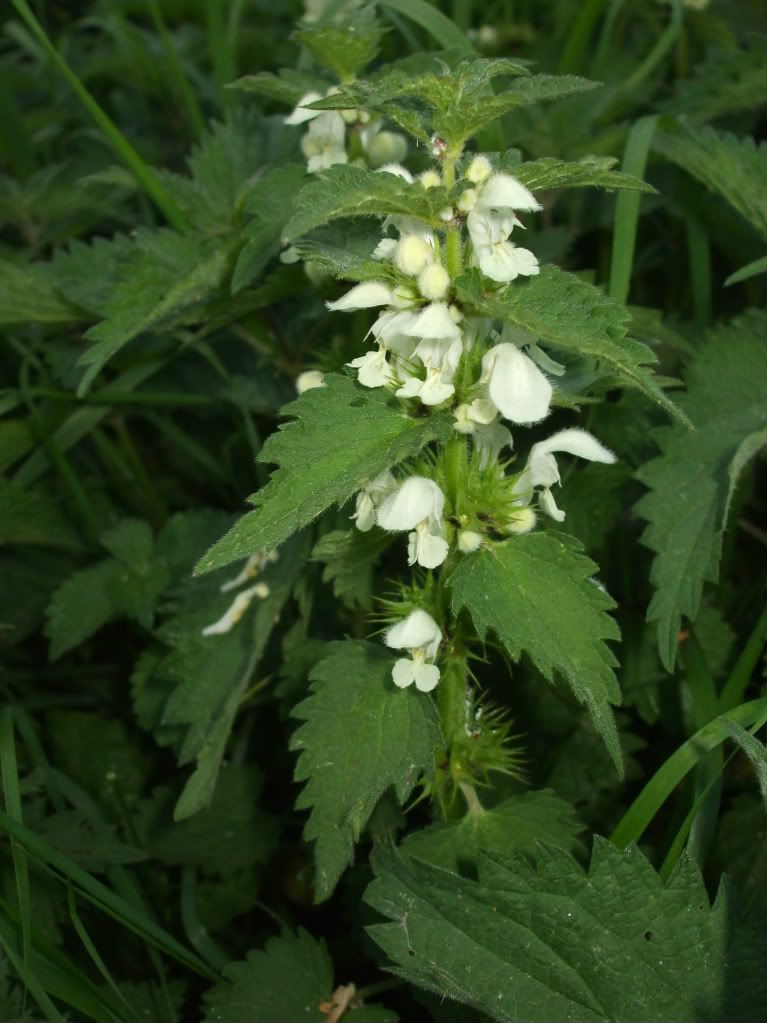
Common mallow

Musk mallow

Leaves of musk mallow

Yarrow

Smooth leaved Sow thistle
do not confuse with the wild lettuce family/cf prickly lettuce.
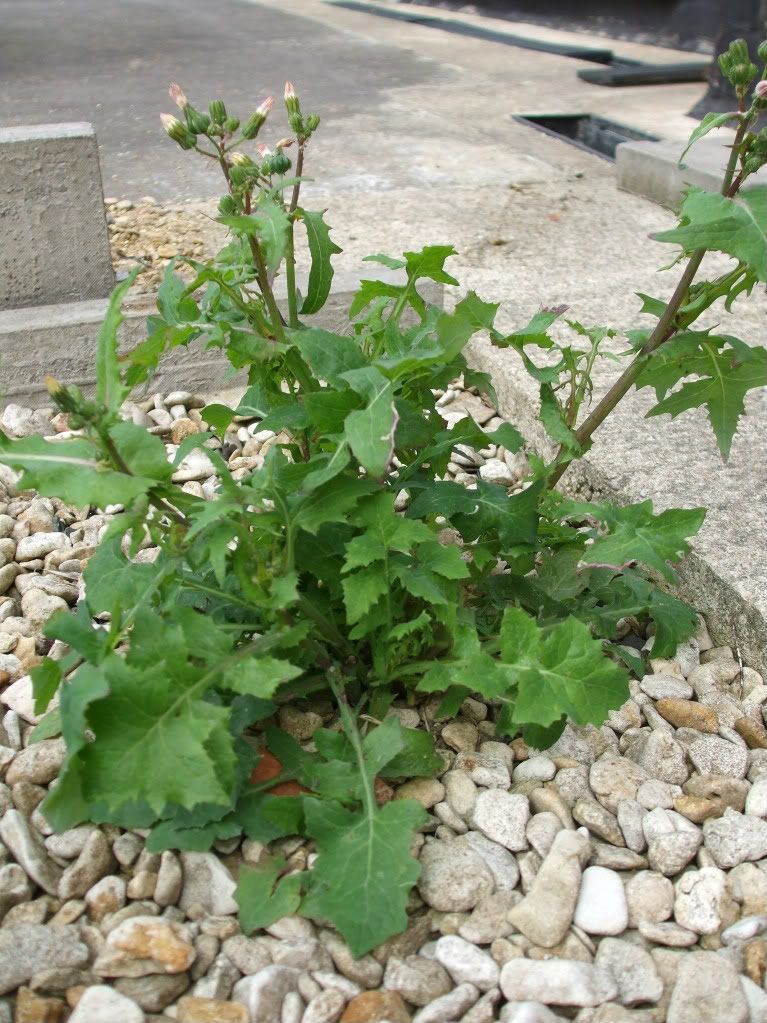
Shepherds Purse

Chamomile & the Mayweeds are all safe, & have distinctive leaves, as a family.
Wild chamomile

Pineapple mayweed

Meadow crane's bill. Usually found on chalk, but also cultivated in gardens.

Shrubby climbers & clamberers in hedges.
"Dog rose"
several species all safe - leaves & petals
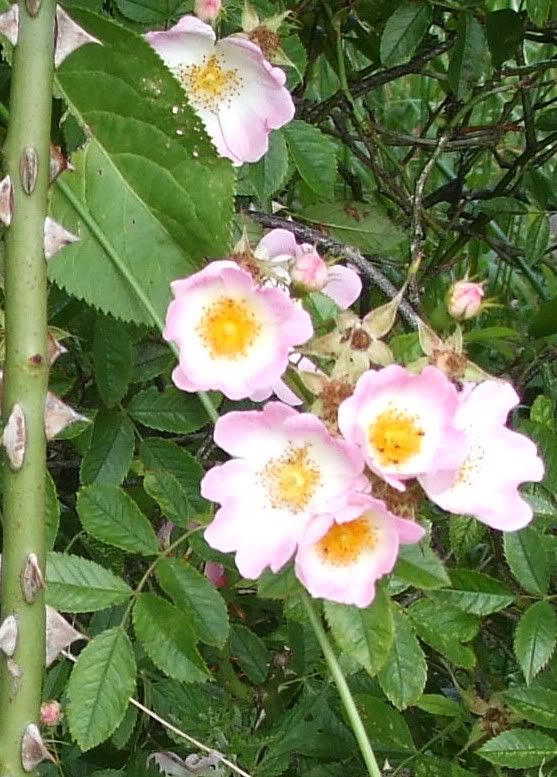
Bramble

Hawthorn

Please note that the flower/seeds of plantain are best not fed to rabbits dry.
Last edited:












